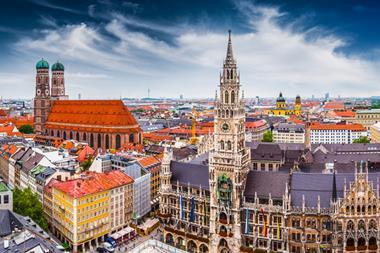Norway’s Government Pension Fund Global (GPFG) produced a return of just 0.1%, or NOK15bn (€1.8bn), in the third quarter of this year, with both equities and bonds underperforming their benchmarks.
While general economic and market conditions kept investment returns depressed, elements of the fund’s own strategy whittled returns still further.
Yngve Slyngstad, chief executive at Norges Bank Investment Management (NBIM), which manages the former oil fund, said: “Increased geopolitical uncertainty in the vicinity of the euro area contributed to a negative return on European stocks.”
Two quarters of strong returns for the GPFG had been followed by a virtually flat quarter, he said.
“The US, on the other hand, emerged as the global growth engine, and US stocks produced a positive return,” Slyngstad said.
The negative overall return on equities was cancelled out by a positive return on the fund’s fixed income investments.
Between July and September, equity investments returned -0.5%, and fixed income investments 0.9%.
NBIM said the return on these two asset classes had been 0.5 percentage points below the return on the benchmark indices.
Real estate investments produced a 1.5% return.
The main contributors to the weak return in the quarter were the fact the fund was overweight European and small-cap stocks, its investments in the consumer sector, lower duration on its fixed income investments and its investments in emerging bond markets, NBIM said.
Slyngstad told a press conference that consumer services and consumer goods stocks had performed badly, with some its largest positions doing very poorly.
Asked to specify which holdings he was referring to, Slyngstad said: “We are hesitant to comment on single investments in general, but it is clear our investment in the British company Tesco has performed particularly poorly during the course of the year.”
Currency movements worked in favour of the fund during the quarter, with the krone having weakened against many of the main currencies.
This increased the fund’s value by NOK5bn, and on top of this gain, NOK36bn of new capital was transferred to the fund from the Norwegian government.
At the end of the September, the fund’s market value grew to NOK5.53bn, from NOK5.48bn at the end of June.
Of this, 61.4% was invested in equities, 37.3% in fixed income and 1.3% in real estate.
NBIM said the fund bought several new properties in Europe and the US during the quarter, in line with its strategy of slowly increasing the real estate allocation to 5% of the fund.
“Our strategy is to invest in a limited number of cities around the world and concentrate on office and retail premises,” Slyngstad said.











No comments yet